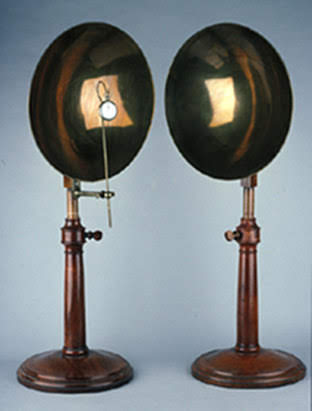This apparatus (image 1) consists of a pair of brass parabolic reflectors mounted on wooden stands. One of the reflectors has a bracket with a hook for hanging a pocket watch. The demonstrator would use this apparatus to show how the sound of a ticking watch may be heard at a considerable distance having first been made into a beam, projected over a distance and refocused. Very little is known about this pair of mirrors in the Whipple's collection. It is thought that they were made in France or Germany during the second quarter of the 19th century.
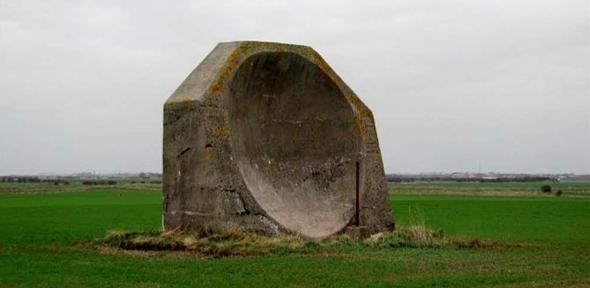
These parabolic brass reflectors would have been used for demonstrations of the reflection and focusing of sound waves. They could also be used to create and focus beams of heat.
Background
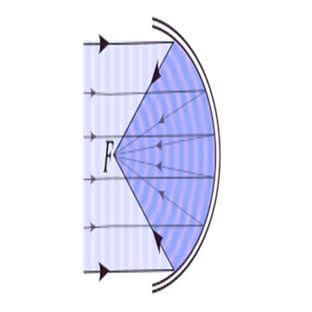
As a pocket watch ticks, the movement of the mechanism creates pressure waves in the air which, if unconstrained, radiate outwards in concentric circles. As the waves travel they quickly lose intensity as their energy spreads over an increasing surface area. If you were close enough to the watch you would hear the ticking directly but it may be impossible to hear the watch from a distance of only a few meters.
Sound waves can, however, be reflected as a focused beam, just like light waves. When a sound wave encounters a plane hard surface at a given angle, it will be reflected at the same angle. But when the surface is curved different parts of the wave may be reflected in different directions. Parabolic mirrors exploit this fact in order to focus oncoming wave fronts into a single point of high energy intensity - the focus, F (image 2). They may also be used to do the opposite: if a wave source is held at the focus of a parabolic mirror, then that mirror will project the sound as a series of parallel wave fronts (imagine reversing the arrowheads in image 2), which may be collected and refocused by another parabolic mirror.
Other uses
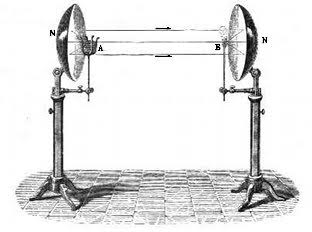
These mirrors could also be used to demonstrate the wave nature of radiant heat, as shown in image 3. A hot coal is held at the focus of one mirror (A) while a flammable substance is held at the other (B). Infrared radiation emitted by the coal is concentrated into a beam, transmitted and then focused on to the target causing it to burn.
Today, parabolic mirrors find many uses, from collecting satellite TV signals to creating light beams in car headlights, and even as massive radio telescopes peering into the deepest regions of the universe.
During the first world war, and until the invention of radar, huge parabolic sound mirrors were used as early warning detectors to warn of approaching enemy aircraft - many of these still exist along the British coast (image 4).
Torben Rees
Torben Rees, 'Parabolic sound mirrors: to reflect and focus sound', Explore Whipple Collections, Whipple Museum of the History of Science, University of Cambridge, 2009

